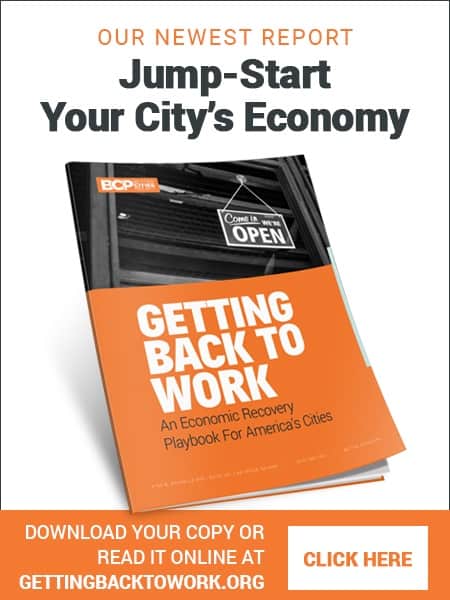Soltas brings clarity to a debate long defined by slogans and wishful thinking. Using a rigorous methodology, he estimates the average cost of producing a single inclusionary unit in New York City is $1.6 million. For that price, governments could fund several housing vouchers, build multiple units in other neighborhoods, or invest in services that reach many more people.
Soltas acknowledges that children who grow up in higher-income neighborhoods tend to have better life outcomes. But he also makes clear that the tradeoff between cost and quality is far steeper than advocates often admit. When public dollars are used to nudge developers toward integration, the price tag can explode—especially in high-rent areas.
The issue isn’t developer greed. Soltas finds that variation in marginal costs isn’t driven primarily by developers capturing windfalls. Instead, geography does the heavy lifting. The same policy can deliver inclusionary units for under $150,000 in one neighborhood and require ten times that amount in another. That’s because the opportunity cost of discounting a unit rises with market rents. The more expensive the location, the larger the subsidy required to make a deal pencil out.
Soltas’s most provocative finding is that, after adjusting for neighborhood differences, inclusionary housing doesn’t appear much more expensive than other housing programs. It only seems costly because it deliberately locates affordable units in high-cost areas—something vouchers and tax credits typically don’t do. That reframes the debate: inclusionary housing isn’t inefficient per se, but it is a costly way to achieve socio-spatial integration. The real question is whether it’s worth paying a six- or seven-fold premium per unit to place low-income households in affluent ZIP codes.
Policymakers should wrestle with that tradeoff openly. Soltas attempts to quantify it with a “marginal value of public funds” analysis, weighing fiscal cost against long-term gains for children raised in better neighborhoods. He finds a few places where the math works—“opportunity bargains” where the outcomes justify the spending. But in many high-cost areas, the benefits simply don’t measure up.
The lesson is broader than one city or one policy. Whenever government imposes complex mandates or layers subsidies onto constrained markets, it risks distorting supply, misallocating resources, and driving up costs. The goal of integration is admirable—but achieving it through development incentives alone is like trying to balance a budget with a hole in the bottom of the ledger.
At some point, policymakers must choose: do they want more affordable units or better-located ones? Inclusionary housing programs that try to do both often end up doing neither well—and at great expense.









Cities should stick to the basics of governing